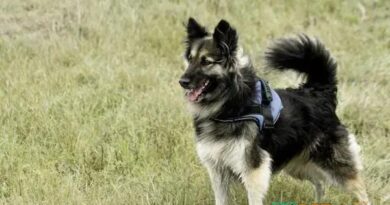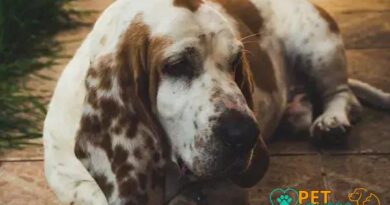What is fur textures
What is Fur Textures?
Fur textures refer to the various types of fur that can be found on dogs, each with unique characteristics that contribute to their appearance and feel. Understanding these textures is essential for dog owners, breeders, and enthusiasts alike, as they can influence grooming practices, health considerations, and even the dog’s overall comfort. Fur textures can range from short and sleek to long and fluffy, with each type serving different purposes and requiring specific care.
Types of Fur Textures
There are several primary types of fur textures in dogs, including smooth, wiry, curly, and long-haired. Smooth fur is typically short and lies flat against the skin, making it easy to maintain. Wiry fur, on the other hand, has a coarse texture that can provide insulation and protection. Curly fur is often dense and can trap heat, making it ideal for colder climates. Long-haired breeds boast luxurious coats that require regular grooming to prevent matting and tangling.
Smooth Fur
Smooth fur is characterized by its sleek and shiny appearance, often found in breeds like Beagles and Boxers. This texture is low-maintenance, requiring minimal grooming, which makes it a popular choice for busy dog owners. Smooth-furred dogs typically shed less than their long-haired counterparts, making them a suitable option for those with allergies or sensitivities to pet dander.
Wiry Fur
Wiry fur is known for its rough, bristly texture, commonly seen in breeds such as the Airedale Terrier and the Wire Fox Terrier. This type of fur can help protect dogs from harsh weather conditions and is often water-resistant. Grooming wiry fur involves regular brushing and occasional hand-stripping to maintain its unique texture and prevent matting.
Curly Fur
Curly fur is often associated with breeds like Poodles and Portuguese Water Dogs. This texture is dense and can create a fluffy appearance, which is not only aesthetically pleasing but also functional, as it provides insulation. Regular grooming is essential for curly-furred dogs to prevent matting and to keep their coats healthy and clean. Many owners choose to have their dogs professionally groomed to maintain the ideal shape and texture.
Long-Haired Fur
Long-haired dogs, such as the Afghan Hound and the Shih Tzu, are known for their flowing, luxurious coats. This fur texture requires significant grooming to prevent tangles and mats, which can lead to skin issues if not addressed. Owners of long-haired breeds should invest in high-quality grooming tools and establish a regular grooming routine to keep their dog’s fur in top condition.
Fur Texture and Climate
The texture of a dog’s fur can significantly impact its ability to adapt to different climates. For instance, dogs with thick, double coats, like the Siberian Husky, are well-suited for cold weather, while those with short, smooth fur, like the Dalmatian, may struggle in colder temperatures. Understanding the relationship between fur texture and climate can help owners make informed decisions about their dog’s living environment and care needs.
Health Implications of Fur Textures
Certain fur textures can be indicative of specific health issues. For example, excessive shedding in smooth-furred breeds may signal allergies or skin conditions, while matting in long-haired dogs can lead to painful skin infections. Regular grooming and veterinary check-ups are essential to ensure that a dog’s fur texture remains healthy and does not contribute to any underlying health problems.
Choosing the Right Breed Based on Fur Texture
When selecting a dog breed, potential owners should consider the fur texture that best fits their lifestyle and grooming preferences. Some breeds require more maintenance than others, and understanding these needs can help ensure a happy and healthy relationship between the dog and its owner. Researching various breeds and their fur textures can provide valuable insights into which dog might be the best fit for your home.
Conclusion
Understanding fur textures is crucial for dog owners and enthusiasts. By recognizing the different types of fur and their specific care requirements, owners can ensure their dogs remain healthy, comfortable, and well-groomed. Whether you prefer a smooth, wiry, curly, or long-haired companion, knowing what to expect from your dog’s fur can enhance your overall experience as a pet owner.


